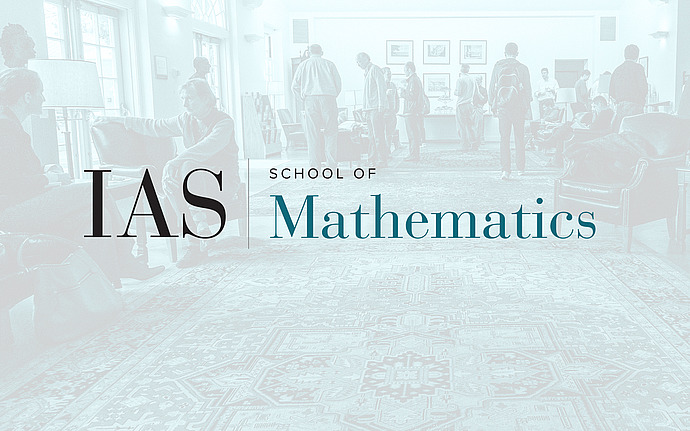
Computer Science/Discrete Mathematics Seminar II
Resolution of the Kohayakawa--Kreuter Conjecture
A graph $G$ is said to be Ramsey for a tuple of graphs ($H_1,...,H_r$) if every $r$-coloring of the edges of $G$ contains a monochromatic copy of $H_i$ in color $i$, for some $i$. A fundamental question at the intersection of Ramsey theory and the theory of random graphs is to determine the threshold at which the binomial random graph $G_{n,p}$ becomes a.a.s. Ramsey for a fixed tuple ($H_1,...,H_r$), and a famous conjecture of Kohayakawa and Kreuter predicts this threshold. Earlier work of Mousset-Nenadov-Samotij, Bowtell-Hancock-Hyde, and Kuperwasser-Samotij-Wigderson has reduced this probabilistic problem to a deterministic graph decomposition conjecture.
In this talk, I will discuss history and background of this problem and sketch our recent proof (joint with M. Christoph, A. Martinsson, Y. Wigderson) that the deterministic graph decomposition conjecture is true, thus resolving the Kohayakawa-Kreuter conjecture.